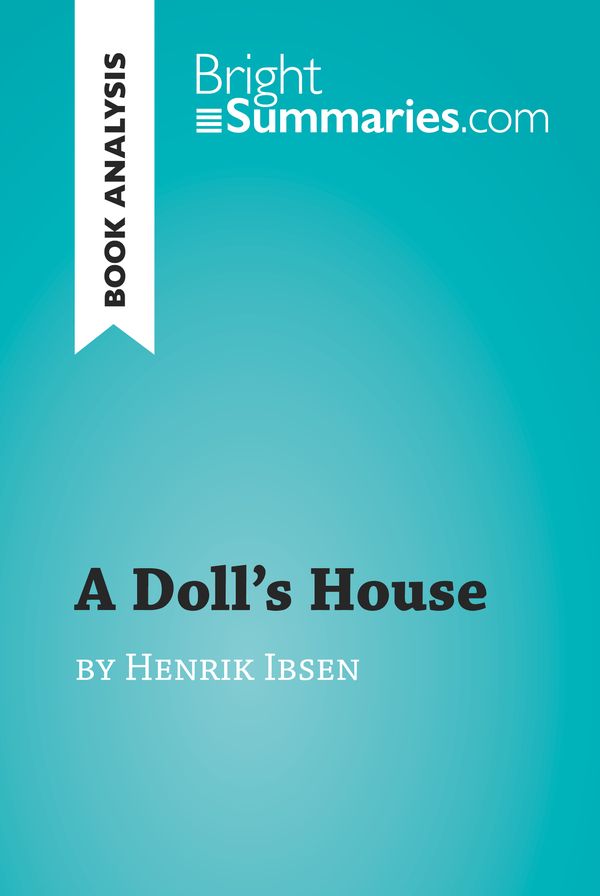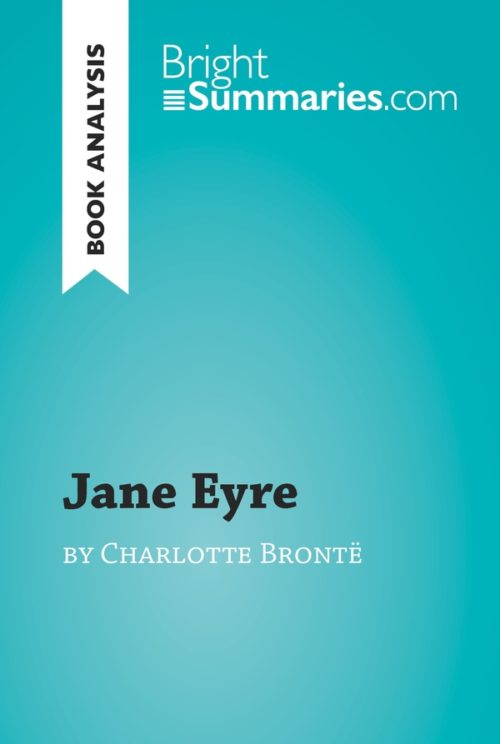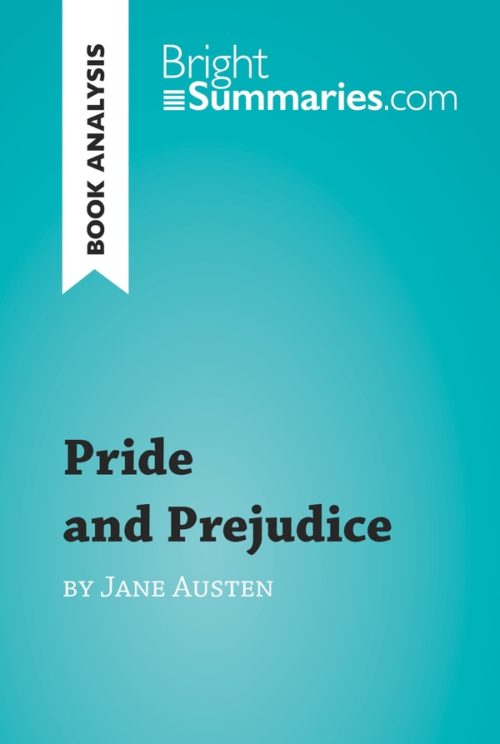A Doll's House by Henrik Ibsen (Book Analysis)
A Doll’s House by Henrik Ibsen (Book Analysis)
Detailed Summary, Analysis and Reading Guide
Read more
This practical and insightful reading guide offers a complete summary and analysis of A Doll’s House by Henrik Ibsen. It provides a thorough exploration of the play’s plot, characters and main themes, including the condition of women in society, the legacy of the past and the role of the justice system. The clear and concise style makes for easy understanding, providing the perfect opportunity to improve your literary knowledge in no time.
This clear and detailed 56-page reading guide is structured as follows:
- Biography of Henrik Ibsen
- Presentation of A Doll’s House
- Summary of A Doll’s House
- Character study
- Nora
- Torvald
- Christine Linde
- Krogstad
- Doctor Rank
- Analysis of A Doll’s House
- Form
- Themes
About A Doll’s House
A Doll’s House tells the story of Nora Helmer, a woman who defies the laws and conventions of her time to take out a loan without her husband’s consent, with consequences that only emerge years later. The apparent simplicity of the play’s plot is deceptive: beneath the surface lies a nuanced, thoughtful exploration of the meaning of right and wrong and the many ways that women are mistreated and underestimated. For this reason, A Doll’s House has often been described as a feminist work, but its subtlety and ambiguity make a range of interpretations possible, and the play continues to inspire lively critical debate even today.
About Henrik Ibsen
Henrik Ibsen was one of the most important playwrights of the 19th century, and many of his works, including A Doll’s House and Hedda Gabler, are still regularly performed today. He was born in a small town on the Norwegian coast in 1828, but later moved to Italy and then Germany, where he wrote most of his works and rose to worldwide fame. He is known for his realist approach and for his use of the theater to explore morally complex issues and the falseness of contemporary society. He was nominated for the Nobel Prize in three successive years (1902, 1903 and 1904), although he never won the prestigious award.
Product details
| ISBN | 9782808002189 |
|---|---|
| Publisher | Plurilingua Publishing |
| Collection | Brightsummaries.com |
| Format | |
| Pages | 56 |
| File size | 2.2 MB |







